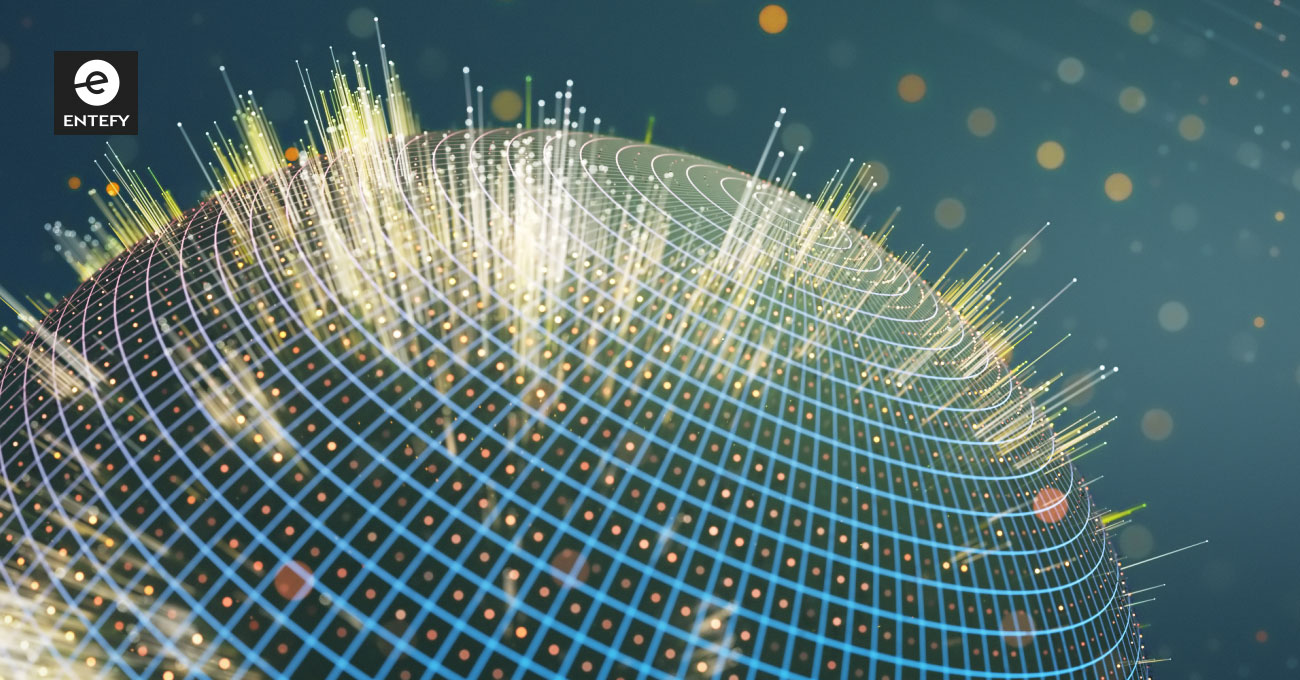AI is a popular topic these days. It seems as though every day, someone announces a new product or service that has AI at its core. McKinsey reported that, as of 2019, 58% of companies surveyed had implemented AI in at least one business unit within their organization. This represents a 23% increase in AI adoption over prior year.
Across industries, business are beginning to learn how best to leverage AI and machine learning to improve performance and generate positive return on investment (ROI). Think next generation process automation, better customer service, virtual agents, and physical robots that can out run, out muscle, or out navigate any of us.
Outside of the more common use cases, however, there’s a diverse and fascinating world where AI and machine intelligence is being used to enhance both life and business.
6 Creative uses of AI today
- Farming with robot bees – AI has been used in agriculture for some time. Until recently, the focus has been on optimizing core farming tasks—watering crops, determining correct time and dosage for pesticide use, and so on. However, with the recent decline in honeybee population threatening crop pollination for nearly a third of our food supply, multiple organizations are working on ways to use robo-bees (bee-sized robots) to help supplement the work bees do. These autonomous swarming drones can be trained to learn and follow pollination paths using AI and GPS. While this doesn’t solve the problem of colony collapse among bees, it can help ensure the future of our food supply.
- Restoring touch and control – The medical field is the perfect playground for useful applications of machine learning, so it’s not surprising that researchers are employing AI to help restore prosthetic hand control for select amputees. For this, “the machine learning algorithm learns what muscular stimuli at the site of amputation correlate to specific hand motions.” There is still much work to be completed in this area, but the initial results show immense promise.
- Accelerating drug development – With the world in the middle of a global pandemic, there is an immediate need to find ways to speed up drug development. For illustration, a viable vaccine can take more than 10 years to fully develop as researchers and doctors work through the various stages. This includes everything from research and discovery to rigorous testing, regulatory approval of the drug, as well as manufacturing and distribution at scale. AI can help reduce the amount of time it takes by eliminating manual and time-consuming processes that make up the bulk of the 10-year process.
- Producing fresher food – AI andother forms of automation have been a part of the manufacturing process for decades to streamline a number of processes. However, recently manufacturers have also found ways to help ensure food is fresh and crisp. For instance, potato chip manufacturer, Frito Lay, is using lasers and machine learning to test the crispness and crunchiness of their chips without having to touch them. The system fires lasers at the chips and listens to the noise they make. That sound is then correlated into texture that reveals the quality of the product.
- Preventing poaching – Poaching is a problem that threatens wildlife populations around the world. Regardless of whether poachers are capable of reducing populations to critical numbers unless action is taken (the recent plight of the pangolin is a great example of this). To help prevent at-risk species from being wiped off the planet, countries have turned to Protection Assistant for Wildlife Security (PAWS), a predictive AI software. PAWS determines the most effective patrol routes to catch poachers based on data collected in the field. The data collected (evidence of poacher activity such as snares, footprints, and vehicle tracks) is fed into PAWS to “predict potential poaching hotspots.”
- Assisting firefighters – Navigating through burning buildings and fire zones requires firefighters to pay attention to a number of hazards and complex coordination steps that, if not properly managed, can lead to injury or death. To assist firefighters on the ground, NASA developed AUDREY, “the Assistant for Understanding Data through Reasoning, Extraction, and synthesis.” AUDREY is a virtual agent that tracks teams and provides individual updates to each firefighter on the team based on their location. The system also recommends ways to improve collaboration among team members. As the “guardian angel in the cloud,” AUDREY can learn and make predictions about the resources firefighters need to battle fires.
What can you do with AI
When it comes to introducing AI into your business, one of the biggest challenges is figuring out what opportunities are real and present. A great way to kick start an AI project is to look for areas where too much human effort is required to make better decisions or complete routine tasks while large volumes of data (internal or external) sits idle or is underutilized. Bringing advanced data intelligence and automation to processes and workflows can significantly boost productivity and team morale.
Another important lesson with AI implementations is embracing change and not being afraid to think outside of standard applications. You don’t fire lasers at potato chips to measure their crunchiness without a little creativity and sense for adventure.
To brush up on key AI terminology, be sure to read Entefy’s 53 useful terms in the world of artificial intelligence.
